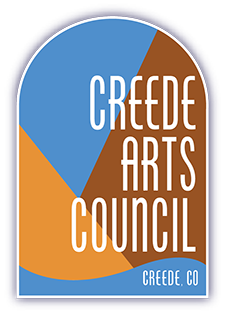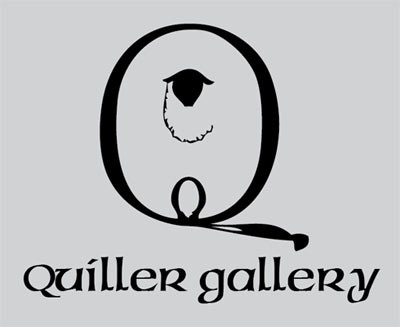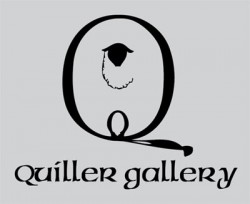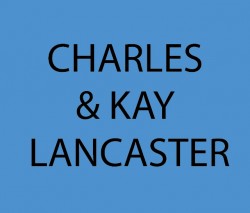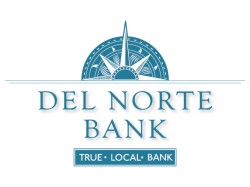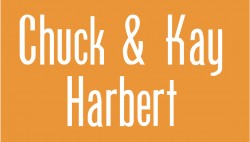A print is a shape or mark made from a block or plate or other object that is covered with wet color (usually ink) arid then pressed onto a flat surface, such as paper or textile. Most prints can be produced repeatedly by re inking the block or plate. Printmaking can be done in many ways, including using an engraved block or stone, transfer paper, or a film negative.
Aquatint: An intaglio, etching, and tonal printing process in which a porous ground allows acid to penetrate to form a network of small dots in the plate, as well as the prints made by this process. Aquatints often resemble wash drawings. Any pure whites are stopped out entirely before etching begins, then the palest tints are bitten and stopped out, and so on as in etching. This process is repeated 20 to 30 times until the darkest tones (deepest recesses in the plate) are reached.
Chine-collé: Chine-collé is a special technique in which the image is transferred to a surface that is bonded to a heavier support in the printing process. The purpose is to allow the printmaker to print on a much more delicate surface, such as rice paper or linen, which pulls finer details off the plate. During printing, a glue is applied to the back of the paper (a paste made of rice flour and water being traditional), and then the heavier support (typically, the heavyweight paper normally found in printmaking) is placed on top. In the pressure of the press, the lighter surface is glued to the support simultaneously with the image printing on it.
Engraving: A method of cutting or incising a design into a material, usually metal, with a sharp tool called a graver. One of the intaglio methods of making prints, in engraving, a print can be made by inking such an incised (engraved) surface. It may also refer to a print produced in this way. Most contemporary engraving is done in the production of currency, certificates, etc.
Etching: An intaglio printing process in which an etching needle is used to draw into a wax ground applied over a metal plate. The plate is then submerged in a series of acid baths, each biting into the metal surface only where unprotected by the ground. The ground is removed, ink is forced into the etched depressions, the unetched surfaces wiped, and an impression is printed. Also, both the design etched on a plate and an impression made from an etched plate, too often confused with engraving.
Intaglio: The collective term for several graphic processes in which prints are made from ink trapped in the grooves in an incised metal plate. Etchings and engravings are the most typical examples. It may also refer to imagery incised on gems or hardstones, seals, and dies for coins, or to an object decorated in this way, which when pressed or stamped into a soft substance, produces a positive relief in that substance. (pr. in-tahl'yoh)
Linoleum cut, linocut, or lino-cut: A linoleum block or plate used for making relief prints. Linoleum is a durable, washable material formerly used more for flooring as vinyl flooring is used today. It is usually backed with burlap or canvas, and may be purchased adhered to a wooden block. The linoleum can be cut in much the same way woodcuts are produced, however its surface is softer and without grain. Also refers to a print made with this method. Linoleum cuts have been made by Henri Matisse (French, 1869-1954) and Pablo Picasso (Spanish, 1881-1973
Lithograph: In the graphic arts, a method of printing from a prepared flat stone or metal or plastic plate, invented in the late eighteenth century. A drawing is made on the stone or plate with a greasy crayon or tusche, and then washed with water. When ink is applied it sticks to the greasy drawing but runs off (or is resisted by) the wet surface allowing a print - a lithograph - to be made of the drawing, The artist, or other print maker under the artist's supervision, then covers the plate with a sheet of paper and runs both through a press under light pressure. For color lithography separate drawings are made for each color. (pr. le-thah'gruh-fee)
Mezzotint or mezzoprint: In printmaking, an engraving process that le tonal rather than linear, or prints produced by this process. Developed in the seventeenth century, mezzotint was used widely as a reproductive printing process, especially in England, until photographic processes overtook it in the mid- nineteenth century, Mezzotints were most commonly produced from 17808-18708. A copper or steel plate is first worked all over with a curved, serrated tool called a rocker, raising burrs over the surface to hold the ink and print as a soft dark tone. The design is then created in lighter tones by scraping out and burnishing areas of the roughened plate so that they hold less ink, or none in highlights. Details may be sharpened by engraving or etching in a "mixed mezzotint."
Some characteristics of mezzotints:
The plate's surface is roughened to a texture of fine sandpaper.
The plate's surface is then burnished to produce lighter tones. The image exhibits an irregular sandy grain structure, and an occasional linear pattern may be detected.
Monoprint: One of a series of prints in which each has some differences of color, design, texture, etc. applied to an underlying common image. Not to be confused with a monotype.
Monotype: A one-of-a-kind print made by painting on a smooth metal, glass or stone plate and then printing on paper. The pressure of printing creates a texture not possible when painting directly on paper. Not to be confused with a monoprint.
Serigraphy: A stencil method of printmaking in which an image is imposed on a screen of silk or other fine mesh, with blank areas coated with an impermeable substance, and ink is forced through the mesh onto the printing surface. Also called silkscreen process and screen-printing. A serigraph is a print made by this method.
Silkscreen: A stencil process of printmaking in which an image is imposed on a screen of silk or other fine mesh, with blank areas coated with an impermeable substance, and ink is forced through the mesh onto the printing surface. Also called serigraphy and screen-printing. Andy Warhol and Robert Rauschenberg used silkscreens as a means of applying paint to canvases. Also, a print made by this method, sometimes called a screenprint.
Woodcut: A print made by cutting a design in side-grain of a block of wood, also called a woodblock print. The ink is transferred from the raised surfaces to paper.
Wood engraving: A print like a woodcut (woodblock print) in that it is made by cutting (engraving) a design into a block of wood, usually boxwood. However, unlike a woodcut, the artist cuts the design on the end-grain of hardwood rather than the side grain of soft wood. The print's design can therefore be more intricate than the typical woodcut. The gravers or burins used to work the block are like those used to engrave a copper or steel plate, but instead of producing lines that will print, they are used to produce non-printing lines. It is the uncut surface that takes the ink and prints.
